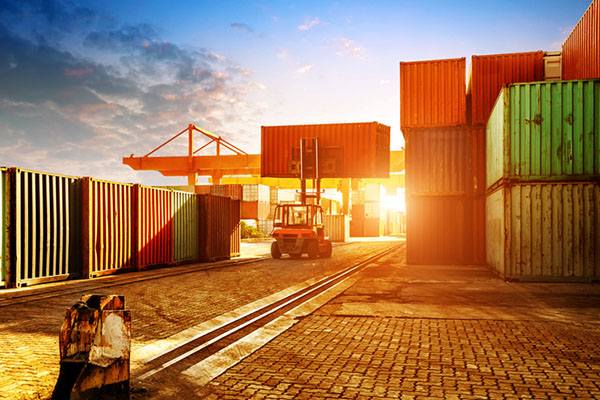U.S. rail and intermodal volumes slip in September, reports AAR
United States rail and intermodal volumes in September were down annually, according to data issued this week by the Association of American Railroads (AAR).
Rail carloads, at 992,452, were down 7%, or 74,172 carloads, compared to September 2018. AAR reported that six of the 20 carload commodity categories it tracks saw annual gains, including: stone, clay & glass products, up 1,110 carloads or 3.4%; nonmetallic minerals, up 944 carloads or 5.9%; and primary forest products, up 429 carloads or 10.1%. Commodities that saw declines in September 2019 from September 2018 included: coal, down 30,361 carloads or 8.7%; grain, down 13,684 carloads or 15.8%; and crushed stone, sand & gravel, down 7,328 carloads or 7.5%.
When excluding coal, AAR said carloads were down 43,811 carloads, or 6.1annually and when excluding coal and grain, it said carloads were down 30,127 carloads, or 4.8%.
This marks the eighth consecutive month U.S. rail carloads have seen an annual decline, confirming the AAR’s sentiment that U.S. railroads are in a freight recession.
Intermodal containers and trailers, at 2,054,025, slipped 6.4%, or 140,161 units, annually. Like carloads, this also marks the eighth consecutive month of annual declines.
A common theme, for these volumes, observed by the AAR is that the parts of the economy that generate much of the freight that move via railroads, including manufacturing and goods trading, have continued to weaken over the past several months.
“In 2019, railroads are facing multi-pronged challenges,” said AAR Senior Vice President John T. Gray, in a statement. “Fundamental long-term structural changes — including the continued erosion of coal markets; growth in the domestic intermodal and chemical sectors; and the current disruptions to manufacturing, agricultural, and international intermodal markets stemming from trade uncertainty and the evolution of consumer purchasing practices — have all required adaptation and renewed focus on basic railroad management and operational principles. That said, the industry's ultimate goal will remain what it’s always been: providing safe, cost-effective transportation that meets the evolving demands of our customers’ markets, now and in the future.”
While intermodal volumes saw another month of annual declines, AAR noted in a recent edition of its Rail Time Indicators report that 2019 remains on track to be the second highest intermodal volume year ever, second only to 2018.
In a recent interview, the AAR’s Gray said that it is likely there will be substantial growth in intermodal going forward.
“But it is like everything else in the economy, like the stock market, there are some troubling things, too,” he said. “That is reflective of the uncertainty in the economy right now. A lot of that is due to trade, and other parts of it are due to people being concerned about how long the growth in the economy has been going on and if we are waiting or a correction there. Nobody really knows at this point. The uncertainty within the economy is kind of creating hesitation for things like goods production. If you look at the total economy…what you will hear is GDP coming in at 3.1% for 2018. That is great for the over all economy, but when you look at the underlying components, things like the goods portion of the economy and the amount of the economy that is really related to the things we can handle, it appears that the growth on that has been more in the 1%-to-1.5% range. The goods portion of things is what we focus on, rather than the total economy. We have looked at the statistical relationship between the total economy and rail traffic and you can get about as good a relationship between the two random numbers as you can. And when you look at the relationship of the goods portion of the economy, you then get a very different picture. It is tightly related.”
For the week ending September 28, AAR reported that U.S. carloads, at 250,450, were off 7.9% annually, and intermodal units, at 278,886, dropped 6.9%.













